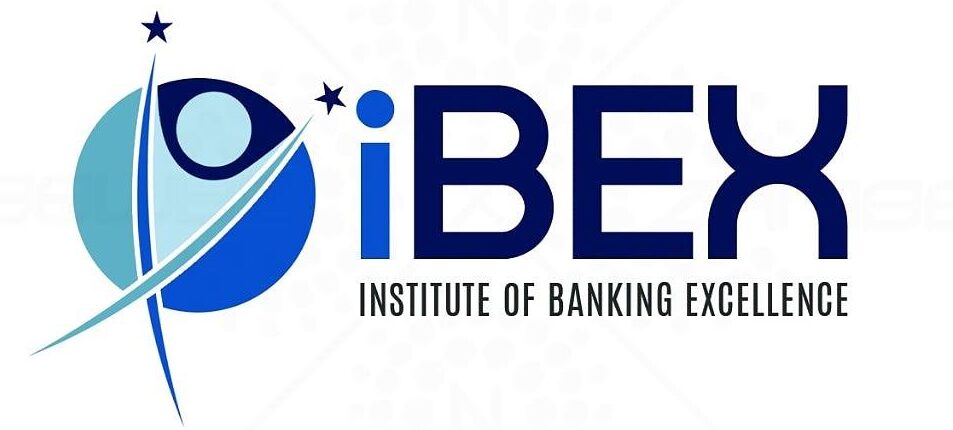CHARGING OF SECURITIES
Securities obtained at the time of giving a loan are of great significance. It is imminent therefore that securities are properly charged in favour of bank for realization of debt at the time of default. Securities are broadly divided into two categories: –
- Primary Security ii) Collateral Security
Primary Security: It can be further divided into two categories
i) Personal Primary Security: security created out of execution of documents like Promissory note, acknowledgement of debt etc. and
ii) Impersonal Primary Security: security created out of assets purchased from the borrowed funds like current assets
Collateral Security: can be further divided into two broad categories
i) Personal Collateral Security i.e. given by the borrower himself and
ii) Impersonal Collateral Security i.e. given by third party.
Charging of securities means creating bank’s charge over these securities. The charge on securities is obtained mainly through following modes:
- Pledge: According to Section 172 of Indian Contract Act 1872 the pledge is ‘bailment of goods as security for payment of a debt or performance of a promise’. The person who offers security is called the pledgor or pawner and the person who obtains custody of the goods is called pledge or Pawnee. The bailment is transfer of goods from one person to another with the promise of returning them in case the promise is fulfilled. There are two essential characteristics in bailment; i) Delivery of goods and ii) Return of goods. Even handing over of keys of the godown can also be termed as delivery of goods if substantiated by other factors. Similarly handing over document of title to goods like bill of lading, railway receipts, lorry receipts with proper endorsement will also be equivalent to delivery of goods if the warehouseman is authorized to hold goods on behalf of bailee (i.e the person who now holds title to goods) and he accepts it. This is called delivery by attornment. It must be remembered that bailment can be of goods only and not of money. The bailee has right, in case of default, to sell the bailed goods and/or to file the suit for recovery.
- The pledgee has to return the goods on fulfillment of promise in good condition.
- The pledgee is responsible for any loss damage etc. if happened due to non-returning of the goods in time.
- The pledgee is bound to give any increase in profit if it happens so in due course.
- The pledgee is bound to take as much due care as a person with ordinary prudence.
- Hypothecation: Hypothecation is creating charge over the goods without actually passing on the possession. The hypothecation charge is usually created on current assets, moveable assets. The title and possession remain with the party but charge is hypothecated in favour of bank, this is also called constructive charge. There is always a clause in the agreement by powers of which the bank can take pledge of the hypothecated goods in case of default. The bank can always choose, in case of default, to take control of the goods and sell them to recover the dues without intervention of the court. If the hypothecated goods are lying inside the rented premises, the landlord should give an undertaking that premises will remain on rent till the time bank loans is running. He should also undertake to provide free access to the premises for all purposes relating to goods.
- Assignment: Assignment is transfer of right, property or debt existing or future except secured by mortgage of movable and/or immovable property. The person transferring the right is called assignor and person getting the right is called assignee. The assignment is usually for actionable claims like LIC policies, debts recoverable from government etc. The assignment can be legal or equitable. In legal assignment a notice is given to the debtor regarding assignment. In equitable assignment no such notice or information is required.
- Lien: means right of the creditor to retain goods or securities offered by the debtors till his debt is serviced. Negative Lien: the borrower sometimes is not ready to give possession of the goods or properties but gives an undertaking that he will not dispose off or make the goods encumbered till he repays the dues. Negative lien is the form of a personal assurance or undertaking which gives no right to the bank to proceed against the property itself and thus creates no encumbrance or charge on the property.
- Right of Set Off: is combining of accounts between a debtor and creditor so as to arrive at net balance. Right of Set off for the purpose of a bank means applying the credits in a bank for setting off the debt liabilities of a customer. However, a bank is required to meet following conditions for applying the set off:
- Both the accounts of the customer are held in same capacity.
- The repayment of the debt is due
- The liability is for a sum that is certain
- Mortgage: Section 58 of Transfer of Property Act 1882, defines mortgage as ‘transfer of an interest in specific immovable property for the purpose of securing the payment of money, advanced or to be advanced by way of loan, an existing or future debt, or performance of an engagement which may lead to pecuniary liability.’
The main forms of mortgage are: Simple Mortgage, Mortgage by Conditional Sale, Usufructuary mortgage, English Mortgage, Mortgage by deposit of title deed and Anomalous mortgage.
